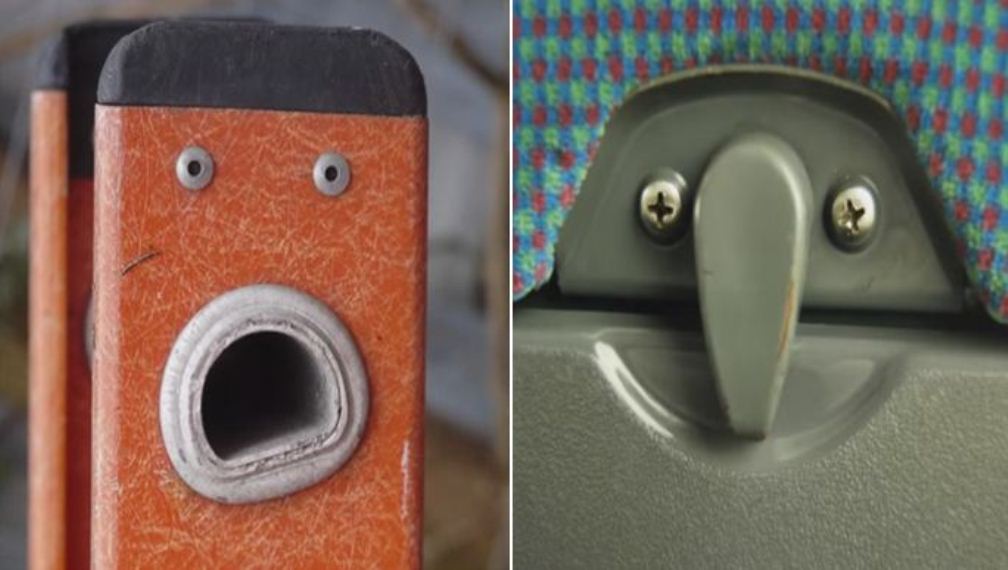
There is no doubt you have already heard several stories about someone seeing the image of Jesus burnt into a piece of toast. Then, this story is in local news and goes viral. The internet loves pictures and stories like this.
The question is: “How the human brain can recognize faces as well as it does”?
Pareidolia is the process when the mind sees a familiar pattern where there is none. This results from our quest for meaning in random information. The name of this process comes from Greek for “beyond the image”. In the past it was considered a symptom of psychosis. Leonardo da Vinci wrote about it is a notebook as good inspiration for painters, and psychologists started to use it as a mental evaluation technique.
The idea behind it is that our brains consume plenty of random information all the time and they are constantly trying to pinpoint patterns to make sense of everything around us.
For example, when we look at something like concrete floor, our brains pick up the stuff that makes sense like a letter of the alphabet or two eyes and nose. And these are the things that we are most comfortable with and familiar with, so whether or not they are actually there, they are what we tend to perceive because they make sense to us.
In an experiment from 2011, examinees were shown faces hidden inside a noise background. They recognized them really well, over 90% of the time in each trial. Moreover, when they were given noise-only images without faces hidden in them, examinees kept seeing faces about 40% of the time, even when there was nothing there.
Scientists believe that this response is triggered by a specific part of the brain known as the Fusiform face area, which is specialized for facial recognition. It starts to function really early in humans.
In a study for pareidolia from 2013, conducted at the University of Helsinki, 47 people took part. Some of these people were religious or paranormal believers, and some of them weren’t. the study showed that the believers were constantly more prone to perceiving faces in random patterns than the skeptics were.
It is not a surprise that many incidents involve seeing a face of a religious figure in a random pattern, and that’s what makes this so interesting.
Our continuous quest for meaning in everything is actually hardwired in our brains. And, that makes us who we are.
Source: My Ilife Style
 We are sharing information for knowledge. Presented by. SocialDiary.Net
We are sharing information for knowledge. Presented by. SocialDiary.Net



